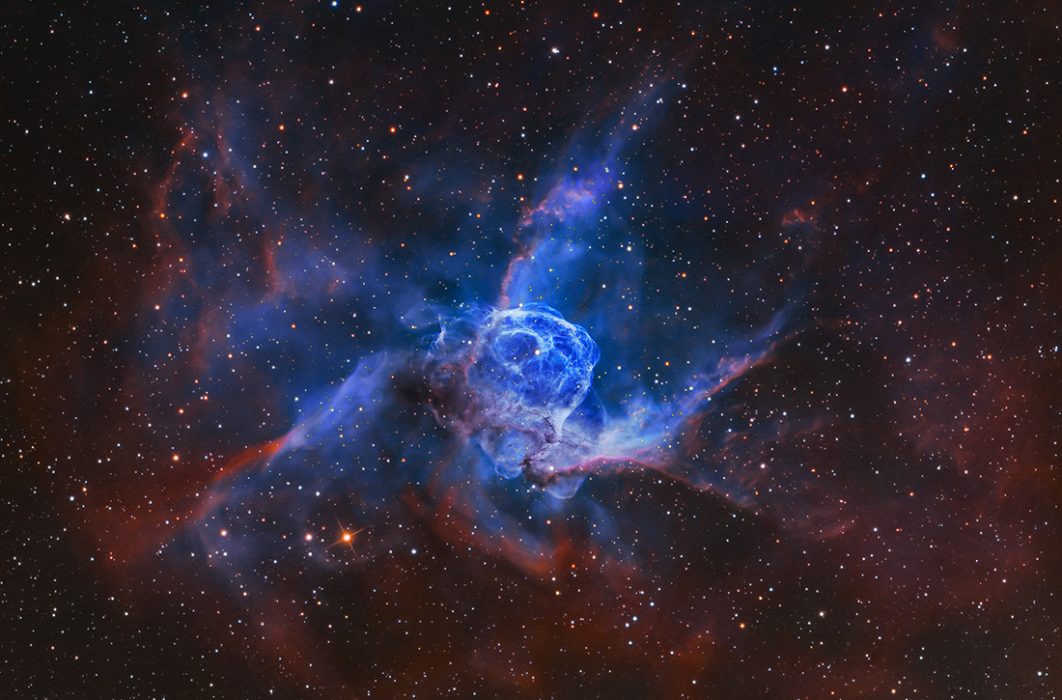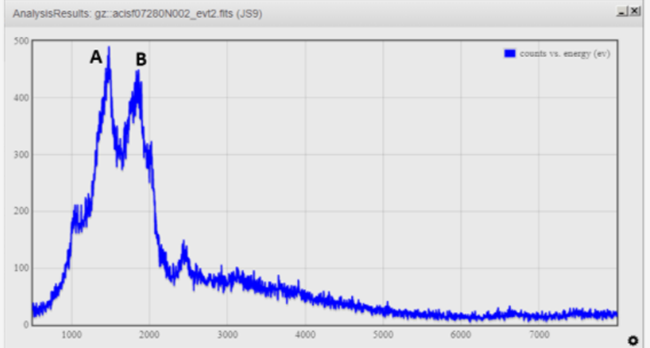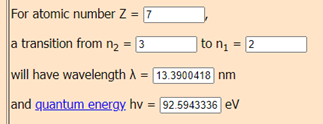WHAT IS A NEBULA?
A nebula is a giant cloud of dust and gas in space. Some nebulae come from gas and dust ejected by the explosion of dying star, such as a supernova. Other nebulae are regions where new stars begin to form. For this reason, some nebulae are called "star nurseries".
HOW DO STARS FROM IN A NEBULA?
Nebulae are made of dust and gases. The dust and gases in a nebula are widely dispersed, but gravity can begin to pull together groups of dust and gas. As these groups get bigger and bigger, their gravitational pull gets stronger and stronger.
Eventually,the group of dust and gas becomes so large that it collapse under its own gravity. The collapse causes the material in the center of the cloud to heat up, and this hot core is the beginning of a star.
NGC2359

This is its energy spectrum from JS9 with its most importants energy peaks.

Then, I have calculated each peak's percentatge and find out which elements they contain.
I have used this formula:

-PEAK A: 455 mm2/ 935 mm2 · 100 = 48,66 % (N) Nitrogen
-PEAK B: 480 mm2/ 935 mm2 · 100 = 51,34 % (N) Nitrogen
TOTAL AREA: 935 mm2
(N) Nitrogen: 100%
With the help of this website I was able to find out what element each peak corresponds to:
http://hyperphysics.phy-astr.gsu.edu/hbase/hyde.html#c4
NITROGEN

I have assumed that these peaks are the elements that I have indicated, but it may be that they aren't these and that it is incorrect because, in this case, the electrons jump from layer 3 to layer 2 and this means that the temperature has to be similar environmental, and therefore is low. But if we increase the layers, the electron volts go up, and for this reason it may be that my analysis is incorrect.
Authors: Johnson, H. M. & Hogg, D. E.
http://adsabs.harvard.edu/full/1965ApJ...142.1033J
Comparison:
- My chemical composition of the NGC2359 calculated with JS9 is similar to that of other scientists.